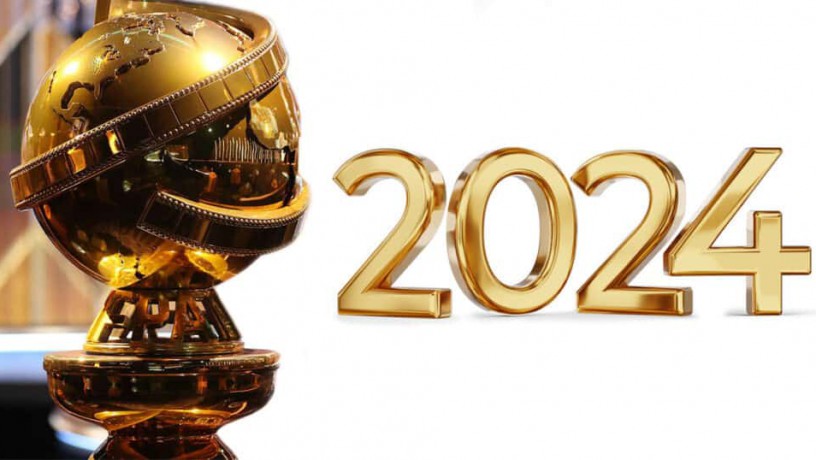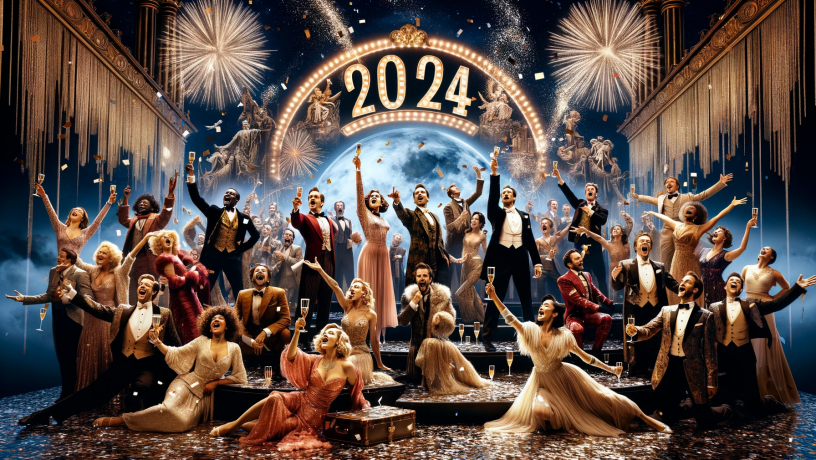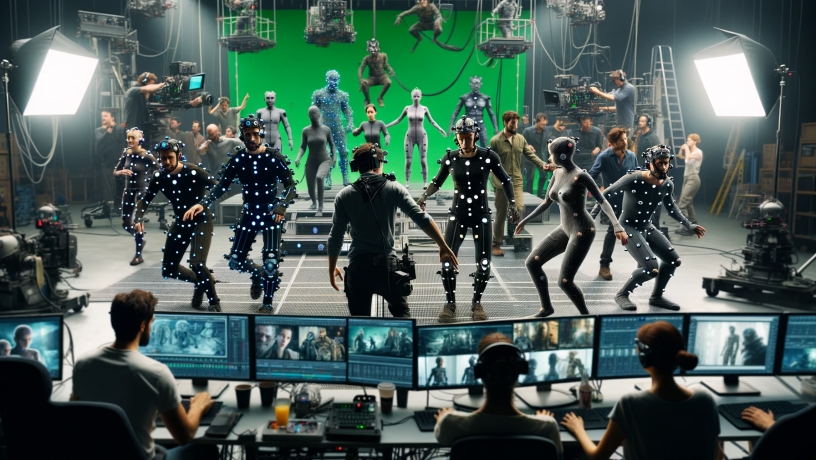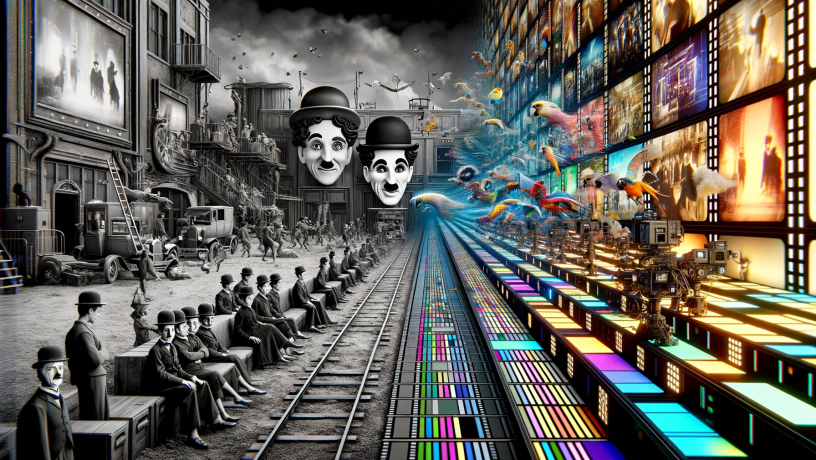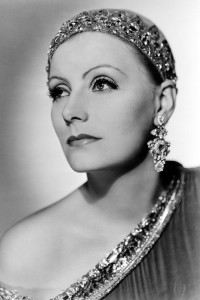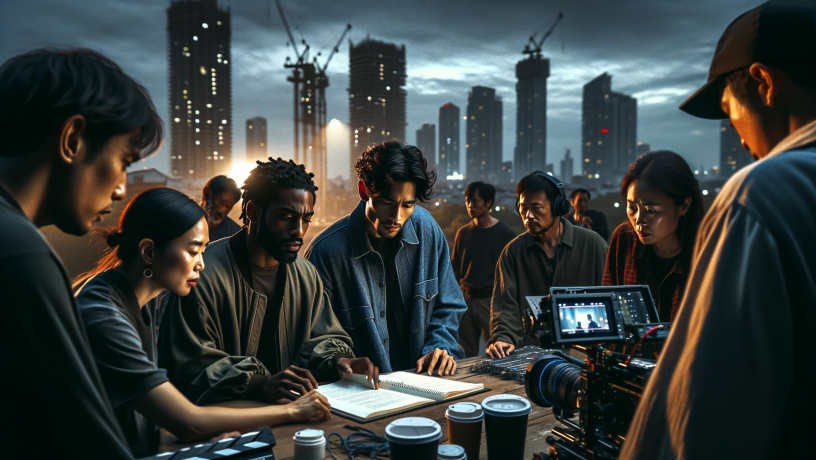You may have noticed that the entertainment industry is undergoing a significant transformation as a result of the integration of Virtual Reality (VR) and Augmented Reality (AR) technologies. These immersive technologies are revolutionizing storytelling and altering the way audiences engage with narratives.
But first…! Let’s go over the definitions and differences of VR vs. AR, then we’ll review the strategies to master this technology.
Virtual Reality (VR) in entertainment offers a fully immersive experience where users are transported into a completely digital environment. It’s like stepping into a new world where the viewer can interact with the surroundings in a way that was previously impossible. VR has found its place not just in gaming but also in movies, theatre, and interactive experiences, allowing audiences to experience stories in a 360-degree environment.
Augmented Reality (AR), on the other hand, blends digital components with the real world. Unlike VR, AR does not replace the user’s environment but enhances it, often by overlaying digital information or images onto the physical world. This technology has been popularized through mobile games, interactive marketing campaigns, and educational tools, offering a more accessible form of immersive technology that can be experienced without the need for specialized equipment.
Importance of Adapting Traditional Acting Skills to These New Mediums
Maintaining Emotional Authenticity: Despite the technological overlay, the core of acting remains the conveyance of authentic emotions and stories. Actors need to translate their ability to portray complex emotions and characters into VR and AR settings. The audience still seeks a human connection, which is grounded in the actor’s performance, regardless of the medium.
Spatial Awareness and Physicality: In VR and AR, actors often work in a green screen environment or a motion capture suit, without real-world physical sets or fellow actors. This demands a heightened sense of spatial awareness and physicality. Actors need to imagine and react to elements and characters that aren’t physically present, requiring a strong sense of body control and movement.
Interaction with Technology: The technical aspects of VR and AR, like motion capture and interacting with virtual objects, require a new set of skills. Actors must learn to perform while being aware of sensors, cameras, and the limitations or capabilities of the technology, ensuring their movements and expressions are captured accurately.
Adapting to a 360-Degree Environment: Unlike traditional media where the audience’s view is directed, VR often allows the audience to look around freely in a 360-degree space. Actors must therefore perform with the awareness that they can be viewed from any angle, which changes blocking, positioning, and even the subtleties of performance.
Audience Immersion and Interaction: In VR and AR, the audience might be an active participant in the story. This changes the dynamic from a traditional viewer to a more interactive role. Actors must adapt to this by potentially directly engaging with the audience or being reactive to the audience’s actions in a way that’s rarely seen in traditional media.
Versatility and Expanding Opportunities: As the entertainment industry embraces these technologies, actors who adapt and hone their skills for VR and AR position themselves for a broader range of opportunities. This versatility can be crucial for career longevity and relevance in an ever-evolving industry.
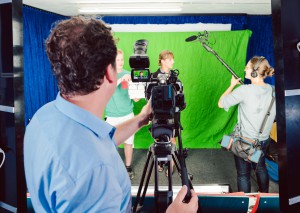 Understanding the VR/AR Acting Environment
Understanding the VR/AR Acting Environment
The basic setup of Virtual Reality and Augmented Reality environments, though sharing some similarities, have distinct characteristics catering to their specific immersive experiences.
Virtual Reality Setup
Head-Mounted Display (HMD): The most critical component of VR is the head-mounted display, a device worn like goggles or a helmet. It encompasses high-resolution screens and lenses to project a 3D virtual world to the user, covering their entire field of vision.
Tracking Systems: VR setups usually include tracking systems that monitor the user’s head and body movements. These can be external sensors placed around the room or built-in sensors within the HMD. This tracking allows the virtual environment to respond in real-time to the user’s movements.
Input Devices: Controllers or gloves are used as input devices, allowing users to interact with the VR environment. These devices often have buttons, joysticks, and motion sensors, and provide haptic feedback for a more immersive experience.
Audio Output: Immersive audio is die hard in VR. Headphones or earbuds are typically used to provide 3D spatial audio, enhancing the feeling of being in a different world.
Processing Unit: A high-performance processing unit is essential for running VR software on a computer or gaming console. It’s responsible for rendering the virtual environment and handling input from sensors to ensure a smooth and immersive VR experience.
Augmented Reality Setup
Display Device: AR can be encountered using a range of gadgets such as smartphones, tablets, AR glasses, or headsets. These devices superimpose digital content onto the physical environment. Among these options, AR glasses offer the most immersive experience by enabling interaction without the need for hands.
Camera and Sensors: Augmented reality devices utilize a camera for capturing the physical environment and sensors for interpreting the spatial connections among tangible items. This data is then employed to precisely superimpose digital elements onto the real world.
Input Methods: Interaction in AR can be through touch (on smartphones or tablets), voice commands, or gestures, especially when using AR glasses or headsets.
Software: AR requires specialized software capable of recognizing physical environments and overlaying digital content. This software also handles user interactions and integrates digital and real-world elements smoothly.
Processing Power: Like VR, AR relies on a processing unit (which can be a smartphone, tablet, or a dedicated AR device) to render graphics and manage the complex task of blending digital content with the real world in real-time.
Challenges in a 360-Degree Digital Space
Acting without physical set cues, as often encountered in VR and AR productions, presents unique challenges for actors. These challenges stem from the absence of tangible environments and props, requiring different strategies and skills compared to traditional stage or screen acting. Here are some key aspects of these challenges:
Spatial Orientation and Awareness
Lack of Physical Reference Points: In a green-screen or motion capture environment, actors may have to perform without actual sets or props, making it difficult to orient themselves spatially and interact convincingly with their surroundings.
Imagining the Scene: Actors must rely heavily on their imagination to visualize the scene, which can be particularly challenging when reacting to elements that will be added in post-production.
Interaction with the Environment and Props
Pantomiming Interactions: Without real props, actors often pantomime their interactions, which requires precise timing and spatial awareness to ensure that their actions align with the virtual elements added later.
Physicality and Movement: The absence of physical constraints means actors must be mindful of their movements to ensure they remain within the technical boundaries of the filming area and the capabilities of the VR/AR technology.
Emotional and Reactive Performance
Reacting to Unseen Elements: Delivering emotionally authentic reactions to unseen elements or characters can be challenging, as actors don’t have the usual visual and auditory cues to respond to.
Maintaining Continuity: Consistency in performance becomes crucial, especially when elements are added in post-production, to ensure continuity and believability of the scene.
Collaboration and Direction
Collaborating with Directors and Technicians: Actors must work closely with directors and technical teams to understand the envisioned final product, which can significantly influence how they approach their performance.
Relying on Direction for Context: Detailed direction becomes essential, as directors need to provide comprehensive descriptions of the scene, other characters’ actions, and the overall context.
Mental and Emotional Adaptability
Mental Flexibility: It’s important for individuals working in a VR AR environment to possess the capacity to adjust to its abstract nature. They need to demonstrate mental flexibility and creativity in order to succeed.
Emotional Authenticity: Understanding the character and emotional context of a scene is key for maintaining authentic emotions without relying on external stimuli.
Strategies for Maintaining Orientation and Delivering a Consistent Performance
Maintaining orientation and delivering a consistent performance in environments without physical set cues require specific strategies. Actors must adapt to these unique challenges by developing techniques that enable them to navigate virtual spaces effectively. Here are some strategies that can be employed:
Script and Scene Study: Deeply study the script and scenes to build a detailed mental image of the environment, understanding the spatial layout and how your character interacts within it.
Pre-Visualization Tools: Use storyboards, concept art, or pre-visualization software provided by the production team to get a clearer picture of the virtual environment.
Practice Spatial Blocking: Rehearse movements and actions in a mock-up space to memorize spatial relations and physical movements, even if the actual set isn’t present.
Use Physical Markers: Employ temporary markers or placeholders in the rehearsal space to represent key set pieces or other actors, providing reference points during performance.
Consistency in Performance
Repetition and Muscle Memory: Repeatedly practice key movements and actions to build muscle memory, ensuring consistency in performance despite the lack of physical cues.
Create Physical Cues: Develop subtle physical cues or body markers (like a specific stance or hand placement) to trigger memory of specific actions or emotions.
Notable Projects
Several notable projects made an impact in the realms of film and interactive experiences. Here are some examples:
“Jurassic World: Dominion” AR Experience: To promote the release of “Jurassic World: Dominion,” Universal Pictures launched an AR experience allowing users to bring dinosaurs into their real-world environment through their smartphones.
“Harry Potter: Magic Awakened“: An AR card game that blends the physical and digital worlds, allowing players to cast spells and duel with others in an AR setting.
“Gloomy Eyes“: This VR animated film, narrated by Colin Farrell, is a visually stunning piece set in a world where the sun has disappeared. It’s known for its unique art style and emotional storytelling.
“Disney’s AR Read-Along Books”: Disney released a series of children’s books that come to life with AR, providing an interactive reading experience where characters and scenes pop out of the pages through a mobile app.
“Carne y Arena”: Directed by Alejandro Iñárritu, this VR installation allows participants to walk in the shoes of migrants crossing the desert to the U.S. border, offering a deeply immersive and emotional experience.
“Henry”: A VR film by Oculus Story Studio, it’s a heartwarming story about a hedgehog who loves to hug, narrated by Elijah Wood. It’s a pioneering narrative experience in VR storytelling.
“The Invisible Man”: A VR short film that uses immersive 360-degree technology to put viewers in the perspective of the main character, exploring themes of isolation and confusion.
“Allumette”: This is a VR adaptation of the classic story “The Little Match Girl,” told in a visually stunning and emotionally engaging way.
“Notes on Blindness”: An immersive VR experience complementing the documentary film of the same name, allowing viewers to experience the world of a blind person.
Adapting Classical Acting Techniques
As actors step into the worlds of virtual and augmented reality, they must not forget their roots in classical acting techniques. While the environment may be digital and immersive, the principles of emotional truth and authentic characterization remain the same. Just as in a traditional stage play or film, actors in virtual reality must still focus on connecting with their scene partners and conveying realistic emotions.
Seems Scary But You Can Do It!
Working on a VR and AR set can seem overwhelming, but hey! You’re an actor and therefore you’re capable of stepping out of your comfort zone. Embrace these opportunities rather than shy away from them. As this technology continues to advance and become more prevalent in entertainment experiences, there will be an increasing demand for skilled performers who can excel in this medium. By mastering the art of acting in these situations, actors position themselves at the forefront of innovation and open up exciting possibilities for their careers.

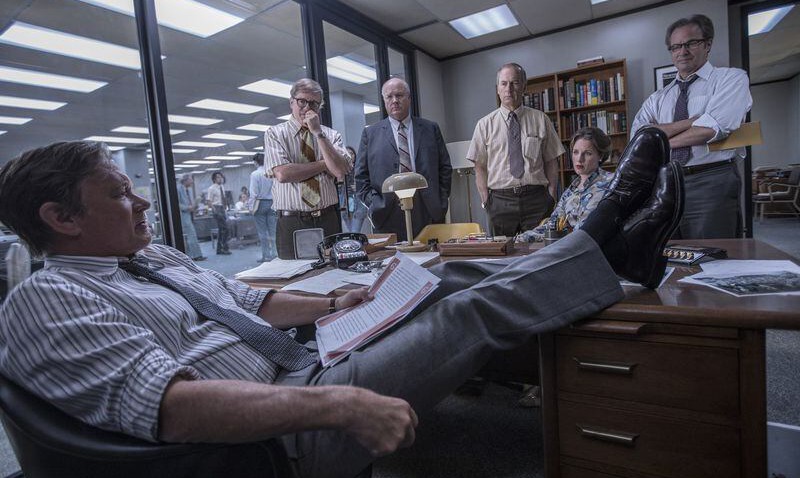
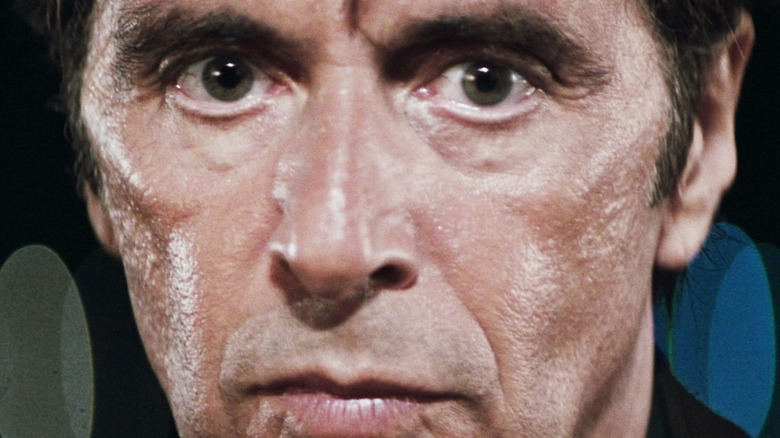
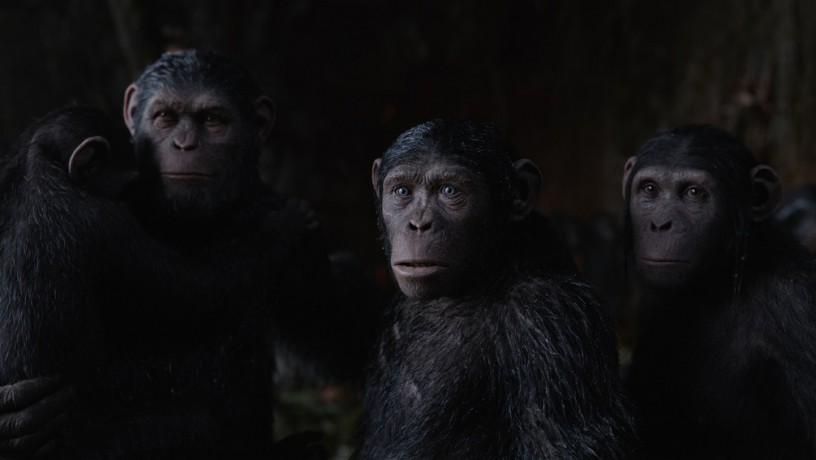
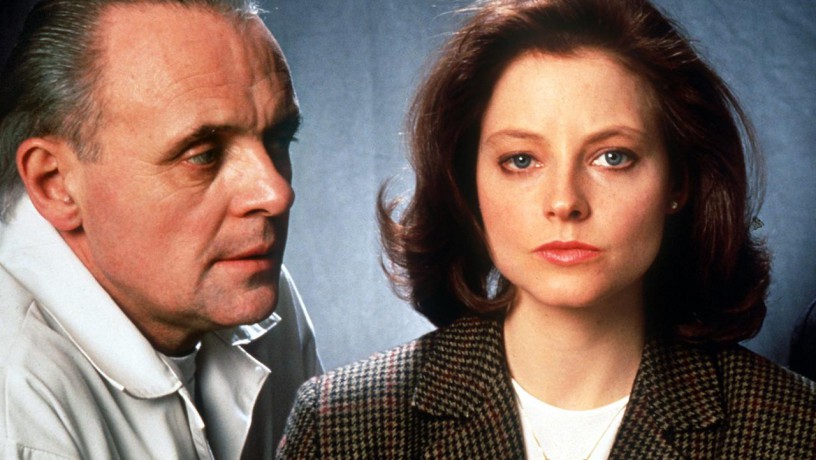

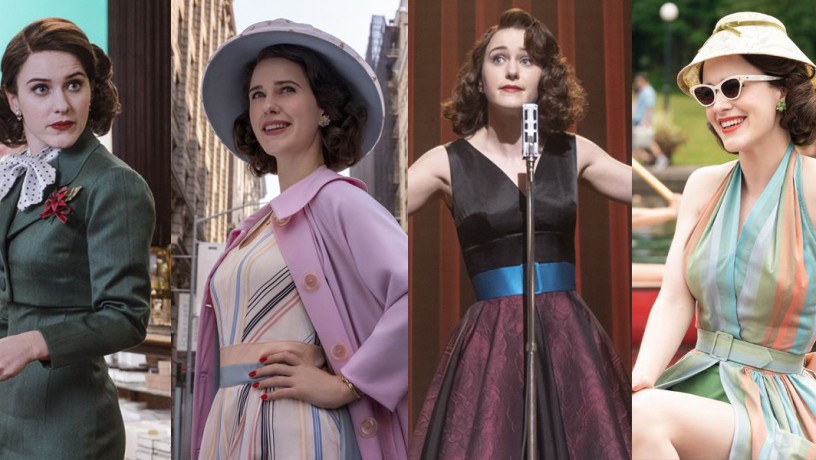
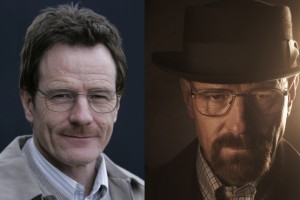 In the beginning, Walter White, a high school chemistry teacher turned methamphetamine manufacturer, is seen in bland, muted clothing, signifying his unremarkable, subdued life. His initial wardrobe primarily consists of beige slacks, green button-up shirts, and nondescript jackets – a palette that reflects his mundane existence and internal resignation.
In the beginning, Walter White, a high school chemistry teacher turned methamphetamine manufacturer, is seen in bland, muted clothing, signifying his unremarkable, subdued life. His initial wardrobe primarily consists of beige slacks, green button-up shirts, and nondescript jackets – a palette that reflects his mundane existence and internal resignation.
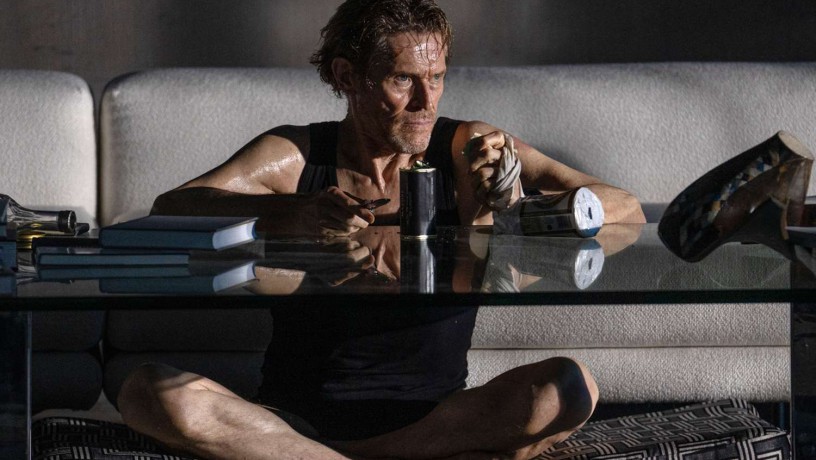


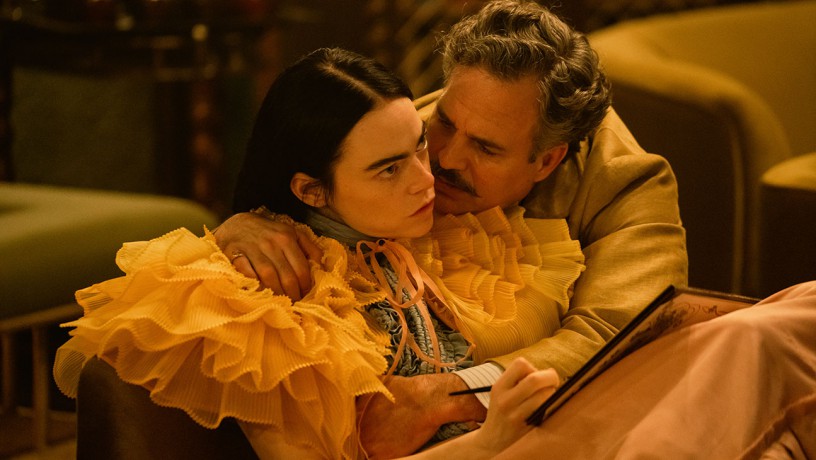
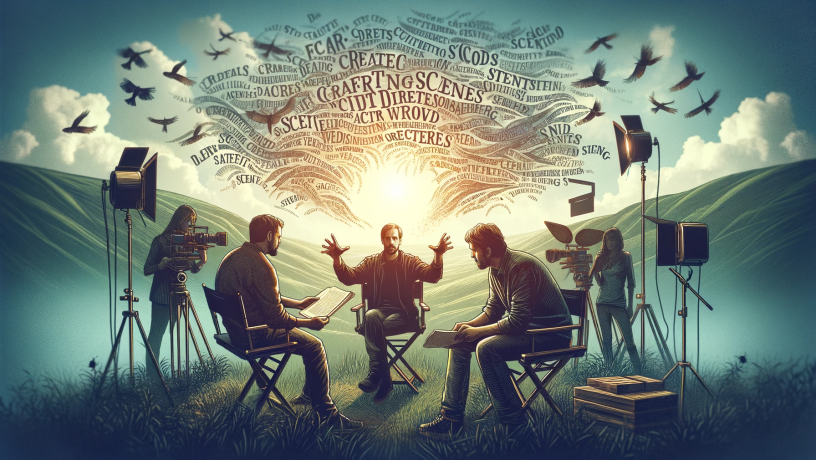

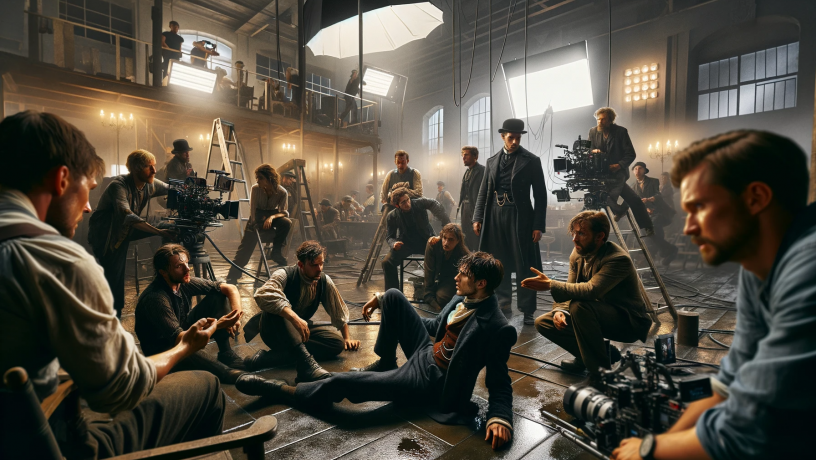
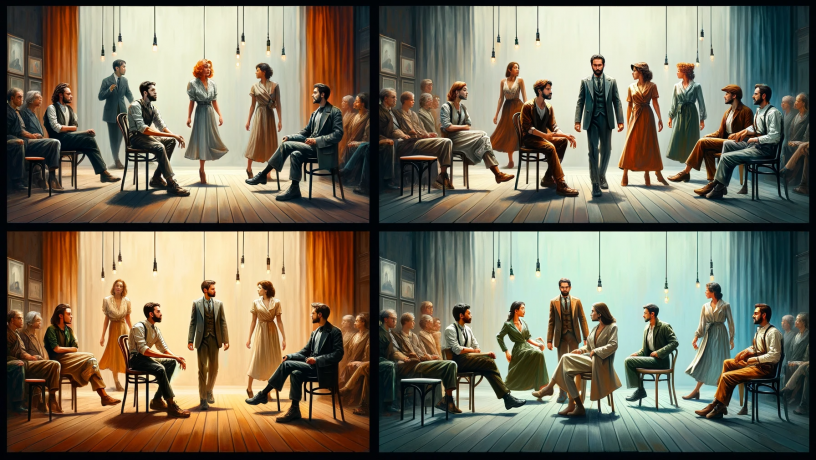

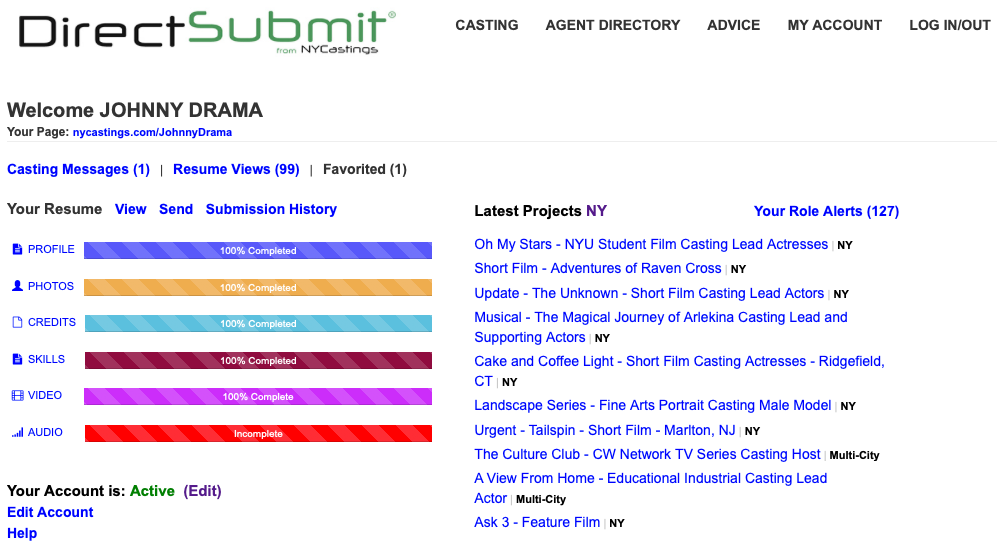 1. Your Page:
1. Your Page: 